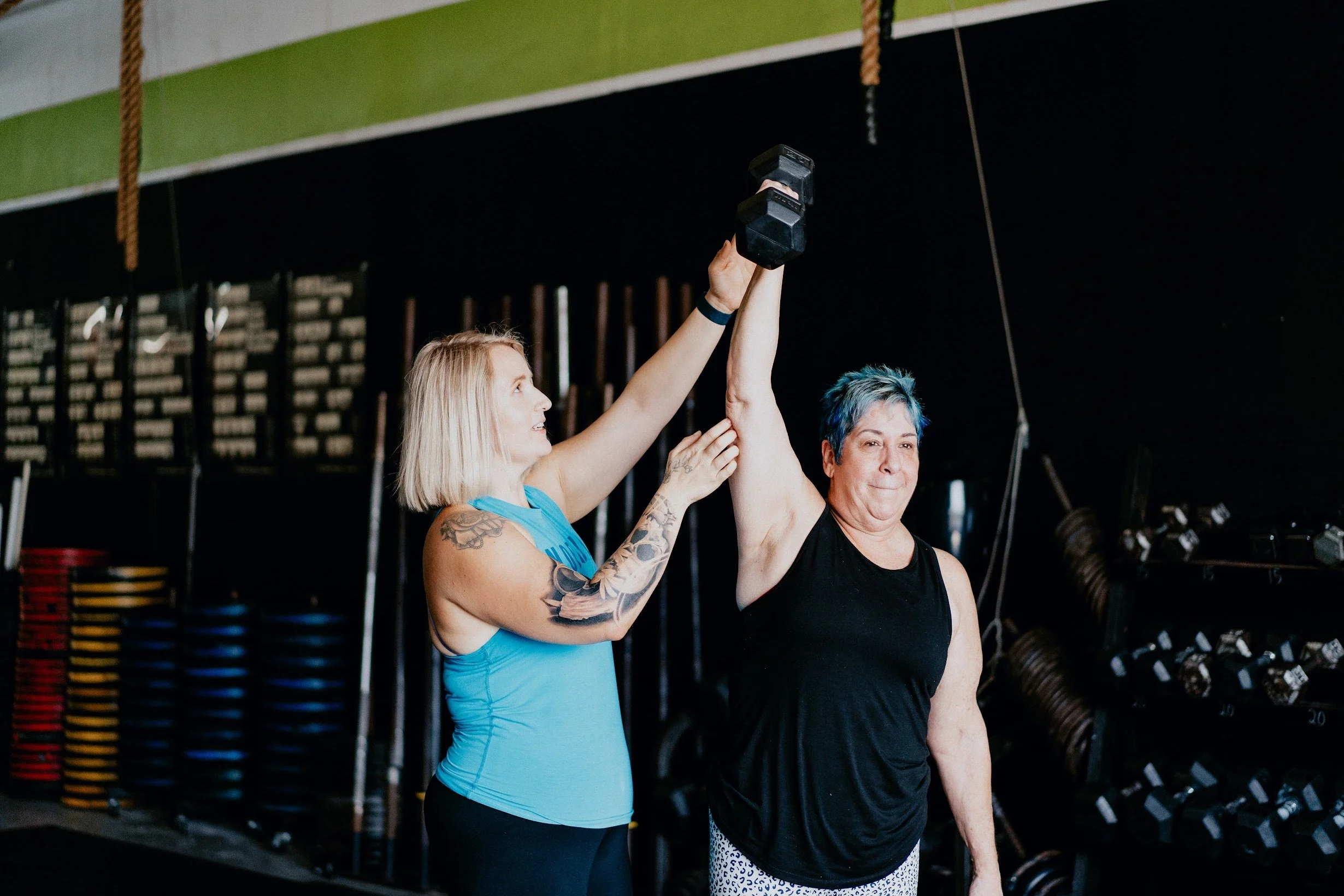What You Need In A Post-Surgery Exercise Program
Did you know women who’ve had a hysterectomy are at increased risk for common chronic diseases like osteoporosis, cardiovascular disease and sarcopenia?
It sounds scary, I know. But we have incredible power over these risks, and simple, sustainable exercise can completely cancel them out! Not to mention protect you from shorter-term risks like prolapse, pain, incontinence and hernias.
Here are the top 3 things every woman should consider in her exercise program:
#1 Does it meet the minimum activity guidelines?
To maintain physical and metabolic health, you should aim for a minimum of 150 minutes of vigorous activity per week. You may have to work up to this, but this is the bare minimum for maintaining metabolic health and lowering chronic disease risks.
#2 Does it strengthen the pelvic muscles + abdominal wall?
You only have so much time to exercise, so make sure you prioritize the right things. A good exercise program will have you practicing the same skills week by week to make sure you’re making good progress. It will emphasize things that make you stronger in functional activities like walking, running, and using stairs.
As human beings, we are constantly using our pelvis and abdominal wall to perform these daily activities, so building strength in these muscles is a must. Especially if we’ve lost it because of our health struggles and surgery!
Not sure whether your exercise program includes these things? Ask! If the person who creates your workouts can’t answer, you may want to consider using your resources on different workouts.
#3 Does it include powerful, weightbearing movements?
If you’re primarily exercising while sitting on machines or lying down on the floor, you’re doing the wrong thing. This may work for your initial healing after surgery, but to prevent long-term health risks, you have to get up and move. Machines and floor exercises should be an accessory to a program, not the entirety of it.
Weightbearing exercises like lunging, stepping, and hinging build bone density (seriously, people have reversed osteoporotic changes with exercise!). They also prepare your body for real-life stuff.
Example: you can not prevent prolapse by doing exercises on the floor. Prolapse happens to human beings who are subject to gravity. So unless you want to live your life on your back, you’ve got to be strong standing up!
Power training involves explosive exercises like jumping, swinging and moving quickly. The muscle fibers that control our power are the first to go with aging and hormonal changes. This puts us at increased risk for falls, fractures, muscle loss, and pressure issues like prolapse and incontinence.
In fact, the muscles that help you not pee when you sneeze are power muscles! If you want to keep your power, you’ve got to train it. This can include exercises like kettlebell swings, cleans, plyometrics and other speedy stuff. It depends on how long it’s been since you’ve moved in this way.
To learn more about how I can help you, get in touch with me here.


